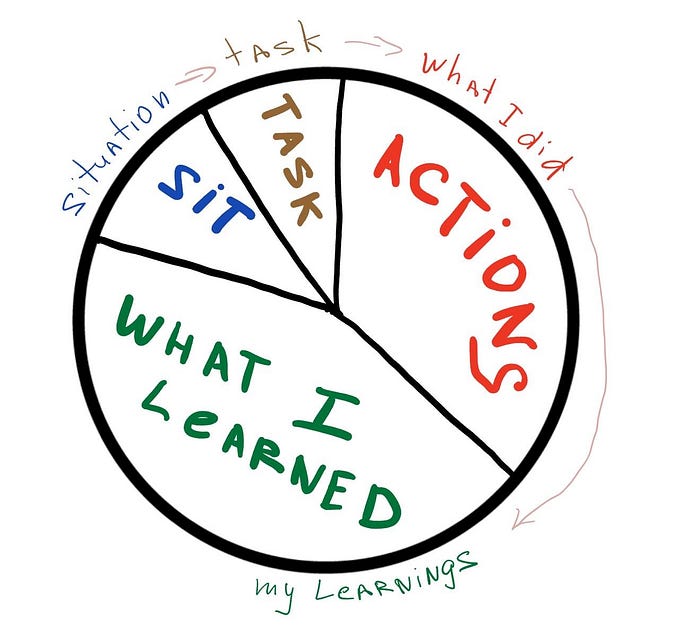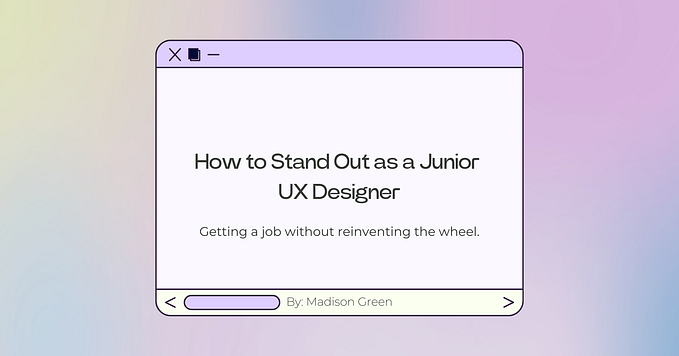Research & Development on Software Development Life Cycle (SDLC) — Part II
At a previous story Part 1 I talked about System Development Life Cycle (SDLC), the differences between how it’s presented on literature and my point of view how really happens on the field. Purposely I didn’t talk about how to incorporate R&D developments, because I don’t believe that it is just another stage on SDLC. Pure software development and R&D development have different purposes and different levels of uncertainties. It’s often said that industry and academy are back turned ( at least at Portugal ) and that it’s a big mistake for both worlds. Both can benefit from each other. R&D needs an IT infrastructure and a successful product roadmap in order to be used as many people as possible, on the other side Industrial products needs special features that sets it apart from the rest. Successful companies like Apple, Microsoft, Google and others always have made big investments in R&D and the return is visible.
What is Research & Development and what is Product Improvement?
There is a grey zone about what is R&D and product improvement. Sometimes I hear some developer, “… I’m doing R&D by changing to a new API ” … well to me this is product improvement. R&D should have a higher degree of uncertainty e.g add a new mathematical model, a new way to correlate data, introduce techniques used on other disciplines and evaluate their behavior …. fields like computer science or engineering breakthroughs normally have a mathematical foundation.
What is Research & Development and what is Innovation?
We hear sometimes that is urgent to bring academia to industry in order to ensure innovation lead. When a startup have a disrupt idea R&D and innovation are said to be the same. In my opinion Innovation is more related with business sector and R&D is more technical.
Technology readiness levels (TRLs) levels
There is a method for estimating the maturity of technology called Technology Readiness Levels (TRL). Developed by NASA and lately adopted by ESA and European funding systems.
Quote from [website]:
- TRL 1 — basic principles observed
- TRL 2 — technology concept formulated
- TRL 3 — experimental proof of concept
- TRL 4 — technology validated in lab
- TRL 5 — technology validated in relevant environment (industrially relevant environment in the case of key enabling technologies)
- TRL 6 — technology demonstrated in relevant environment (industrially relevant environment in the case of key enabling technologies)
- TRL 7 — system prototype demonstration in operational environment
- TRL 8 — system complete and qualified
- TRL 9 — actual system proven in operational environment (competitive manufacturing in the case of key enabling technologies; or in space)
Research & Development Life Cycle Development
We start with a proposal, some problem to be solved.Then we create some hypotheses to solve it. We follow some development path. Starting by reading the literature, find the best scientific papers about the topic, or similar topics and disciplines. If we don’t have none we can always rely on some logic or mathematical principle.
We follow the path that we have traced with our hypothesis … and … we can reach to a solution or not. Along the way, some lessons are learned, we reformulate our hypotheses and star all over again until we reach our goal.

This process could be frustrating because we could go to a dead end and we don’t have result to be presented. We can’t present serious results during the proposed timeline or the R&D funding comes to an end.
Academic results
For R&D engineers it’s important be recognized on their field and to accomplish this objective they have to publish relevant texts, attend workshops, conferences and be close to academic world as well. Once again this requires time and money and should be carefully planning with existing milestones.
Patents
This gives rise to much discussion when R&D funding comes from private funds. Where usually the objective is to gain commercial advantage over its competitors. One way to ensure that competitors won’t steal ideas is to patent the solution. This has a drawback for those who aims to publish on academic or industrial conferences. Because once it’s publish in conferences or magazines, the content is public available and can not be patented.
Merge/Integration
When R&D team achieve a solid solution to the proposed hypothesis how can it be merged with traditional SDLC in industry?

This has to be a coordinate process between development teams and research teams. They have to detail the infrastructure to deploy R&D solution and choose the best timing to release it. They have different proposes and objectives but in the end they work for a common goal.
Research & Development Funding
This is a critical topic, how can we support research and development if we cloud not achieve a concrete result. If the fund is from private sector we have pressure from stakeholders and at any time they could end the research.
In Europe there is a political strategy for fund distribution (originated from public taxes) for specific sectors. They are designed at macro/high level, e,g, agrotech, blue growth economy, clean energy, …. Then public or private companies can apply to this funds by proposing innovate solutions to these sectors. The results are evaluated by a group of experts from the proposed fields.
Vision
How small companies and startups can do the same with less financial resources ?
Normally they have short development cycles and roadmap is defined for periods 3–6 months. This could be a problem for R&D cycles that requires longed periods. Entrepreneurs have to change/adjust the typical development life cycle and think ahead. The results can be wonderful.







